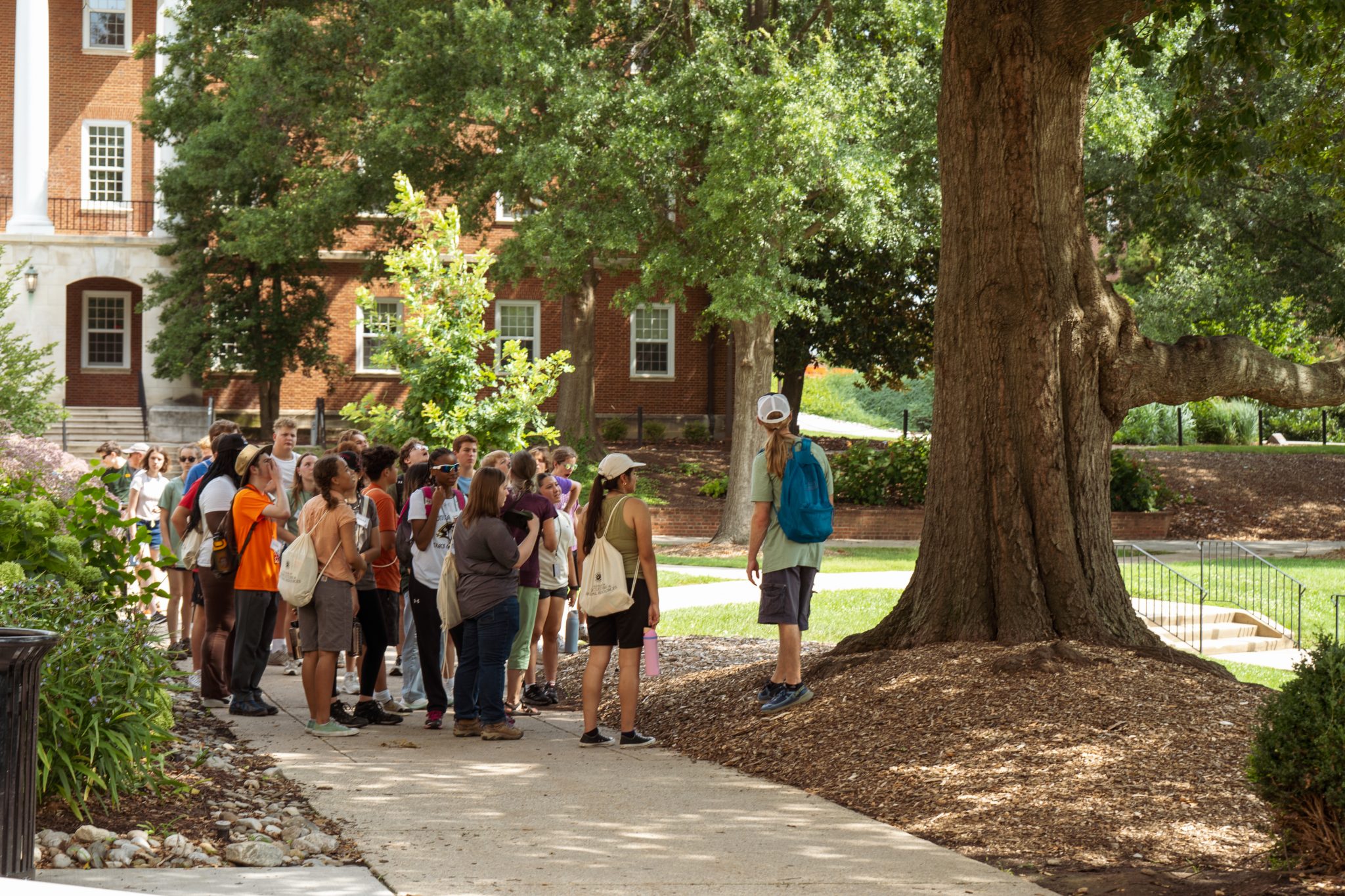Views expressed in opinion columns are the author’s own.
As a transfer student, I already knew my college experience was not a conventional one.
In movies and media, it’s expected that you go away to college right after high school for four years. I was already insecure about my college experience as a transfer student when I started looking to apply to the University of Maryland, but the admissions process made me feel distanced from the attention that incoming high school seniors receive.
The admissions website offers three tour options to prospective students, yet none of these options are exclusively catered toward transfer students. Incoming transfers make up a large portion of incoming students, with about 2,000 undergraduate transfer students enrolling each year. One would assume that with this many new transfer students, this university would offer specialized services for them.
The largest failure of the admissions department is this lack of resources. In my experience touring the university as a transfer student, I was placed with high school juniors and seniors. Many transfer students don’t need to know how to submit their SAT scores or AP credits because they’ve already gone through the process, but they’re grouped in with people who have completely different needs.
When I asked about transfer services or organizations on my tour, it almost seemed like transfer students didn’t exist. When I asked about transfer student housing, I was told we could live in apartments on campus, such as South Campus Commons and Courtyards, but what I wasn’t told was that the deadline to apply for these apartments was before the deadline to apply to the university. When I met other transfer students at orientation, I heard the same story over and over again: I applied for on-campus housing, but I haven’t received any placement, so now I’m scrambling to find an off-campus apartment.
Tour guides should share more information about transfer student housing, dining, organizations and classes, just like they do for students coming in from high school. Incoming high school seniors are told about resident dining plans, clubs they can join and general education requirements they’ll have to meet. But when sharing their trademark stories on why the tour guide chose this university, I rarely hear that the guide started at a community college or other university and later transferred.
Previous initiatives, such as transfer mentorship programs, have been tried. But they’re not widely advertised or talked about, so they appear short-lived. When perusing through Transfer and Off-Campus Student Life Office’s website for mentorship programs, none are mentioned. Transfers deserve to build a community through meeting fellow transfers and hearing their stories and advice, whether it’s through tours or a dedicated mentoring program. The engineering school at this university provides a mentorship experience to incoming transfers. If the engineering school can do it, why can’t it become a campuswide standard?
These failures cause incoming students to feel alienated in the admissions process. It’s even more important to create more transfer student-friendly experiences now, especially as the number of transfer students in the United States is rising due to affordability issues.
The admission process can start fixing this oversight by creating an informative tour that specifically caters to transfer students. While this would require hiring more student tour guides and researching and creating a new tour route, I believe it will boost transfer student visits to campus. This new tour would also allow the university to host nearby community colleges and provide a tour specific to prospective students looking to transfer to this university.
This new tour should talk about issues unique to the transfer experience. Students should be given the resources for how they can learn if their community college credits transfer and their equivalents to classes at this university. The tour should inform students about transfer student organizations, such as the Transfer and Off-Campus Student Life Office, and how to get involved with these programs. It should also mention that the university offers classes specifically to transfer students to help with the transition process.
The tour should also be honest about the fact that transfer students are the lowest priority for on-campus housing, and many will not be guaranteed housing by the university. Supplemental resources for off-campus housing and nearby student housing should be given to tour goers. Dining options such as the block dining plan and Dining Dollars should be explained in detail, because many transfer students are not on-campus residents.
Many people take an unconventional path to getting their college degree, but that doesn’t mean these students should be overlooked. Transfer students should be made to feel welcomed on campus, not more ostracized.
Sophia Williams is a senior architecture major. She can be reached at sgw76@terpmail.umd.edu.



